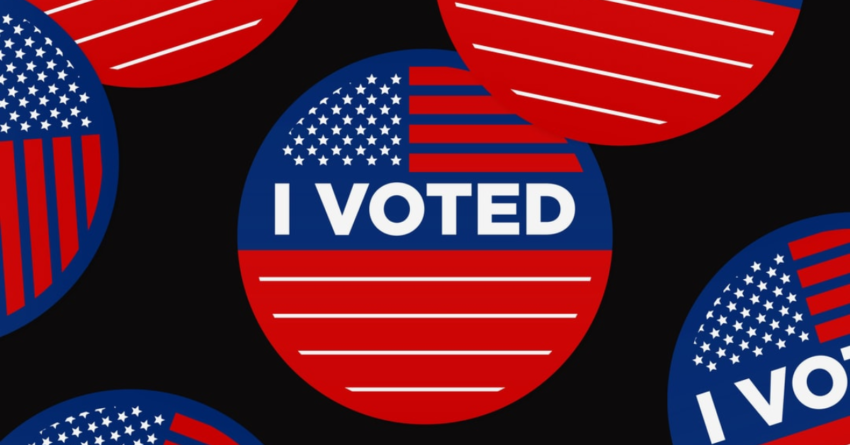How Social Media Companies Handled the 2020 Election
November 10, 2020
Featured
Small Business
Local Boston
Social Media

Facebook, Twitter, and Instagram have been dealing with the balance of allowing Americans to use their services freely within the bounds of freedom of speech, but also identifying bad actors seeking to exploit those same freedoms. Here are some examples of protocols they have implemented most recently in regards to the election.
Facebook’s Protocol’s:
- Facebook announced it would be working with a 17-person independent team of researchers to study the platform’s impact on the 2020 election. Among the areas of study was the role Facebook plays in the spread of political misinformation on both sides of the aisle.
- The company has banned political ads that might delegitimize election results, blocked the right-wing conspiracy group QAnon and, this week, limited the spread of a conspiratorial article about Vice President Joe Biden and his son Hunter.
Twitter Protocols:
Beginning October 20 through the end of Election week in the US, Twitter introduced the following changes globally to Twitter:
- First, we will encourage people to add their own commentary prior to amplifying content by prompting them to Quote Tweet instead of Retweet. People who go to Retweet will be brought to the Quote Tweet composer where they’ll be encouraged to comment before sending their Tweet.
- Though this adds some extra friction for those who simply want to Retweet, we hope it will encourage everyone to not only consider why they are amplifying a Tweet, but also increase the likelihood that people add their own thoughts, reactions and perspectives to the conversation.”
Instagram Protocols
Facebook-owned Instagram on Thursday announced it will temporarily remove the “Recent” tab from hashtag pages in an effort to reduce the spread of misinformation in the run-up to the Nov. 3 U.S. election.
- Reduced the real-time spread of potentially harmful content that could pop up around the election.
- When people tap on or search for a hashtag on Instagram, the app shows them top results and recent results. The recent tab shows the latest content labeled with that hashtag, regardless of whether it’s relevant to the topic.

